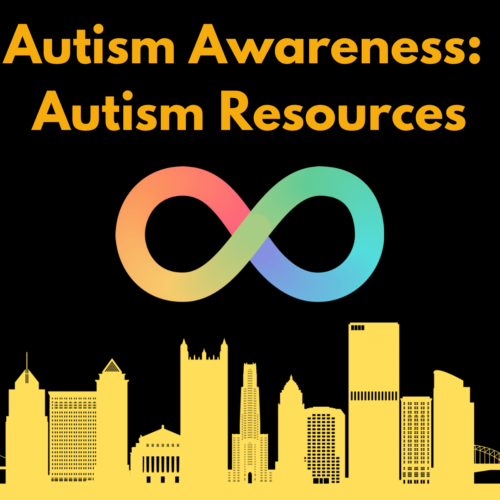
The Times They Are-A-Changing for Pittsburgh
July 8, 2016
It’s a Pittsburgh Wedding!
July 8, 2016
Diverse opinions, laws, and research, as well as the varying positions of politicians, physicians, advocates, activists, and governmental agencies, like a cloud of pot smoke in a college dorm room, have obscured what’s at the core of the medical marijuana issue, which is: Does marijuana ease the suffering of people with certain medical conditions?
The problem is we don’t know for sure, and because of that a rat’s nest of red tape has ensnared suffering people in Pennsylvania seeking relief from their symptoms for years. With the passage of Pennsylvania ACT 16 in April 2016, the unraveling of this red tape may be about to commence.
The Catch-22 of Medical Marijuana
There are several snags that have held up the legalization of medical marijuana in Pennsylvania and often in other states as well. The first is the federal government. Although marijuana has been used medicinally for centuries all over the world, it was in 1970 that the federal government classified marijuana as a Schedule I drug, joining such established addictive drugs as opium, LSD, morphine, and heroin, on the list and deeming it “as having a high potential for abuse, no currently accepted medical use in treatment in the United States, and a lack of accepted safety for use of the drug or other substance under medical supervision.”
Since marijuana has been classified as having no medicinal value, little research has been done on its efficacy, and that lack of research, in a Catch-22 type of scenario, has made it suspect by the FDA for use as a medicine. As we all know, drugs go through rigorous testing before acquiring FDA approval and medical marijuana lacks that.
Although there has been more research in marijuana’s use recently, the results haven’t been conclusive, resulting in even medical professionals coming down on different sides of the issue. The Pennsylvania Medical Society opposed its use citing the lack of clinical research as the reason, while the Pennsylvania Nurses Association favored legalizing medical marijuana and believes it should be reclassified as a Schedule II drug. At the national level, politicians and physicians are all over the board on its legalization. In fact, the two U.S. Surgeons General appointed by President Clinton, David Satcher and Jocelyn Elders, couldn’t agree on its legalization.
State vs Federal
Even though the state has legalized medical marijuana, it is still not legal under federal law, which is worrisome. However, the federal government cannot force state and local authorities to enforce federal laws.
Getting High or Getting Help
While some see legalizing medical marijuana as a step toward legalizing its use for everyone, as the law stands, it only allows those with documented conditions to use it, making the risk for abuse rather low. Patients wanting to use medical marijuana will need a certification from a physician registered with the Department of Health. Only those who suffer from the following medical conditions will be eligible to receive medical marijuana:
- Amyotrophic Lateral Sclerosis
- Anxiety disorders
- Autism
- Cancer, including remission therapy
- Crohn’s disease
- Damage to the nervous tissue in the central nervous system
- Dyskinetic and spastic movement disorders
- Epilepsy
- Glaucoma
- HIV / AIDS
- Huntington’s Disease
- Inflammatory Bowel Syndrome (IBS)
- Intractable Seizures
- Multiple Sclerosis (MS)
- Neurodegenerative diseases
- Neuropathies
- Opioid use disorder (for which conventional treatments alone are not adequate)
- Parkinson’s Disease
- Post-traumatic Stress Disorder (PTSD)
- Severe chronic or intractable pain
- Sickle Cell Anemia
- Terminal illnesses
- Tourette syndrome
The only authorized forms of medical marijuana are “pill, oil, tincture or liquid; in a topical form, such as a gel, cream or ointment; or in a form medically appropriate for vaporization or nebulization.”
The state will issue licenses for up to 25 growers and processors and 50 dispensaries and all will be held under close supervision.




